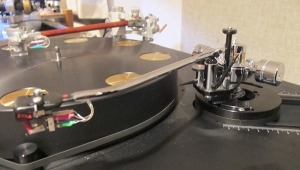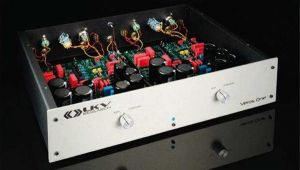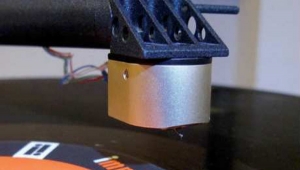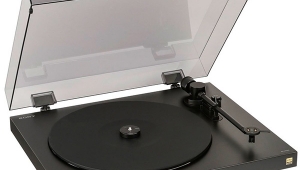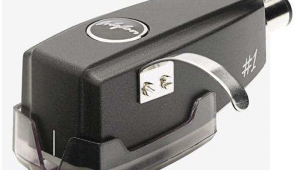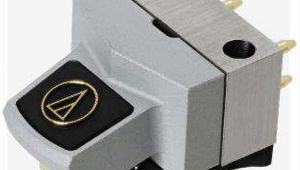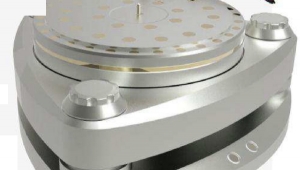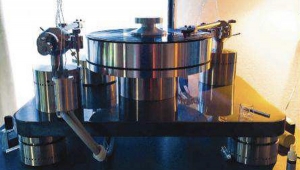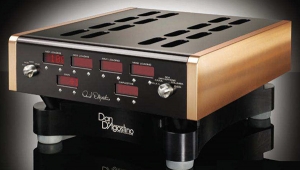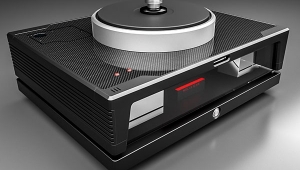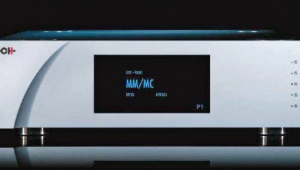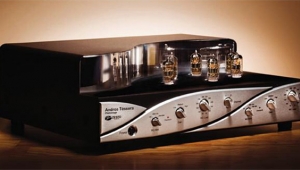| Columns Retired Columns & Blogs |
Analog Corner #251: ModWright PH 150 phono stage

First, let's talk about problems with grounding and hum. I regularly get e-mails from frustrated readers asking if I have a solution to a problem that seems impossible to solve: turntable-related ground hum. When the e-mail doesn't include what its writer has done so far to eliminate hum, my job is easy. I just go through the usual checklist:
Footnote 1: ModWright Instruments, Inc., 21919 NE 399th Street, Amboy, WA 98601. Tel: (360) 247-6688. Web: www.modwright.com
1) If your tonearm's output leads include a separate ground wire, is it connected to the phono preamplifier's ground lug? (This is more critical with moving-magnet cartridges.)
2) Does your turntable have a ground lug? (Read the instruction manual.) If so, have you run a wire from the lug to your phono preamp?
3) Do your tonearm's cartridge clips fit snugly onto your cartridge's pins?
4) Do the RCA plugs of the phono cable linking your tonearm and phono preamp fit snugly in their jacks?
If the answers to all of those are yes, I tell the reader to try removing the ground wires, one at a time. If the turntable has no ground lug, I suggest running a wire from anything metal on the turntable's chassis to the phono preamp's ground lug. Then I suggest trying a wire from the phono preamp's ground lug (if it's an outboard model) to the line-level preamp's ground lug—or, if there is no lug, to a screw on the preamp's chassis.
The difficulty is that there are different kinds of problems that result in ground hum, and the hum is often very hard to trace and get rid of—which makes it doubly difficult to diagnose from afar.
Just the other day, for no apparent reason, a hum appeared in my system.
I have found that, to prevent hum in my phono front-end, the cables linking my Ypsilon MC-16 step-up transformer to my Ypsilon VPS-100 phono preamp must be well shielded and dressed just so. I've been using and liking Teresonic's Clarison Gold interconnects, which are made of 99.999%-pure, silver-plated gold. They're terminated with crimps, not solder, and have an extremely sophisticated shielding system terminated at one end with spades that connect to the ground lug of the component at the source end (in this case, the transformer). But I've found that, to avoid hum, even these must be positioned carefully.
Earlier that day, I'd replaced the power cord of the vacuum hold-down compressor of my Continuum Audio Labs Caliburn turntable, simply because the blades of its molded plug had gotten bent over time. This cord, which was from a well-known brand, had been doing its job for 10 years; I replaced it with a higher-quality cable from the same company—one that has a far better plug. (Originally, my thinking was: Why bother using a better, newer cable there?)
Later that day, when I turned everything on, hum in my system was at an all-time high. I ran through my usual checklist, to no avail. The hum was now so bad that, for the first time ever, it intensified when I touched the tonearm's finger lift. Only when all of my usual fixes had failed to correct the problem did I think of the power-cord swap I'd made earlier in the day, to what had appeared to be a higher-quality cable. From my stash of cables, wires, and cords—enough to build a suspension bridge—I retrieved an equally old Siltech cord and used that.
Not only did the newly apparent ground hum disappear, so did an old one I've spent 10 years dealing with. What was it about the original cord that made it somewhat susceptible to inducing a ground hum? What was it about the first replacement cord that made the hum unbearably loud? And what is it about this old Siltech cord that completely eliminated the hum?
I don't know. You could say I should have tried replacing the compressor's cord years ago, but I didn't see how it could create such a systemic problem. What I failed to consider is that the compressor is electronically linked to the Caliburn's motor-controller system, and that's the potential ground path that apparently produced the problem.
Too bad I didn't start out with that first replacement cord—ie, the "better" one that produced the really loud hum. Then I would have been forced to do the experiment sooner. My point is, if you've got a phono hum—any hum—don't rule out anything.
ModWright Instruments PH 150 phono stage
ModWright Instruments' PH 150 moving-coil/moving-magnet phono stage (footnote 1) measures 17" wide by 5" high by 12" deep and weighs 19lb. Knobs on its front panel let you easily make adjustments that with some phono preamps require accessing the rear panel or going inside. Starting at the left, the Select knob offers settings for MC, MM, and Mute. The Gain knob offers levels of 0dB, –6dB, and –12dB. With MC selected, those settings would correspond with 72, 66, and 60dB of gain, respectively; with MM, the numbers would be 57, 51, and 45dB, the last being more typical of most MM stages.
At the center of the front panel is ModWright's logo, backlit in blue. Directly to its right is the MM input's Capacitance knob, with choices of 0, 100, 200, 330, 470, and 680pF. Selecting MM sets the PH 150's resistive loading at 47k ohms. With the rightmost knob, labeled Resistance, resistive loadings of 10, 50, 100, 200, 500, and 1000 ohms can be chosen on the fly for MC cartridges—enough to meet the needs of all but the most obsessive loaders.
There are also two small pushbuttons: Power (between the Select and Gain knobs) and Mono (between Capacitance and Resistance). Show of hands: How many of you love this level of configuration convenience? That's what I thought!
On the rear panel are both MM and MC inputs—you can simultaneously run two turntables, or two tonearms on the same 'table, so long as one arm holds an MM cartridge and the other an MC—or you could add an outboard step-up transformer and run two MCs.
The PH 150's large, outboard power supply is based on a solid-state rectifier and a choke-based current regulator. It measures 10.5" wide by 5" high by 8.5" deep, weighs 15lb, and is connected to the PH 150 via a 4' umbilical. Both cases are solidly constructed of milled, anodized aluminum.
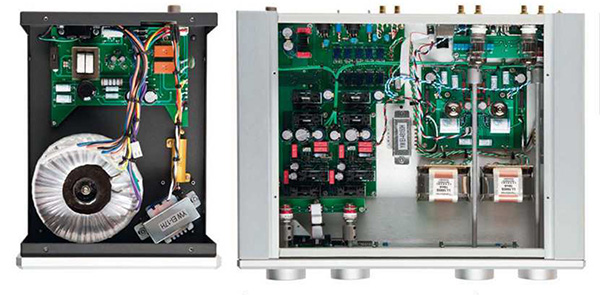
Left: Inside the PH 150's outboard power supply. Right: Lundahl trannies and ModWright's own capacitors have pride of place in the PH 150.
What's Inside: Inside the PH 150 itself are three gain stages, the first of which is an MC step-up based on a Lundahl transformer and using two low-noise, high-current 6C45 triode tubes. According to Dan Wright, ModWright's founder, president, and owner, the rest of the circuit uses "a combination of tube-FET hybrid and inductively coupled and loaded gain and buffer stages." These stages use a pair of 6922 dual triodes (6DJ8 or 7308 tubes are also acceptable). Wright points out that the tube filaments are regulated by current rather than voltage, which is said to produce a warmer sound.
The output is coupled not with a capacitor but with a gapped transformer, also from Lundahl. Interestingly, changing the secondary winding of the output transformer changes the gain. Mil-spec selectors on the business side of the various front-panel knobs do all the switching.
Setup requires that you open the case and insert the four tubes in their sockets, which gives you a chance to admire the neat circuit layout and component placement. This clean machine costs $7900.
Sweet, Spacious, Vivid Sound: Why begin with a familiar record when you can approach a new component with fresh ears? With the nicely broken-in Lyra Etna SL installed in the Swedish Analog Technologies tonearm, I began with a reissue of the late Cape Verdean singer Cesária Évora's Café Atlantico (2 LPs, Lusafrica/Sony BMG/Pure Pleasure PPAN 54012), first released on vinyl in 1999. It sold 300,000-plus copies in France alone.
Lushly orchestrated, with a string section floating behind the guitars and Évora's luxurious voice, bathed in reverb, "Flôr di nha Esperança" (The Dream of My Hope) sounds mournful and romantic—as, with these opening lines translated from the Portuguese, it should: "If I had known / that young people could die / I would never have loved / anyone in this world." The full-bodied production of this track and of the entire album were a perfect match for the PH 150. Évora's voice—round, buttery, yet somewhat ethereal in spite of those qualities—was center stage, bathed in a generous reverberant field that didn't quite swallow it whole, but, with its long sustain and cushiony decay, came close. Nonetheless, the aural image of Évora's voice had a well-focused presence and a glorious, satiny shine.
The bass line—full, but not quite soft or ripe—was well enough controlled to produce not only what, around here, we call satisfying rhythm'n'pace, but also instrument-defining textures. High-frequency extension was airy, open, and 100% free of edge and grit—as you'd expect from a tubed phono preamp. There was nothing not to love about the sound of this sensual record as reproduced by the PH 150.
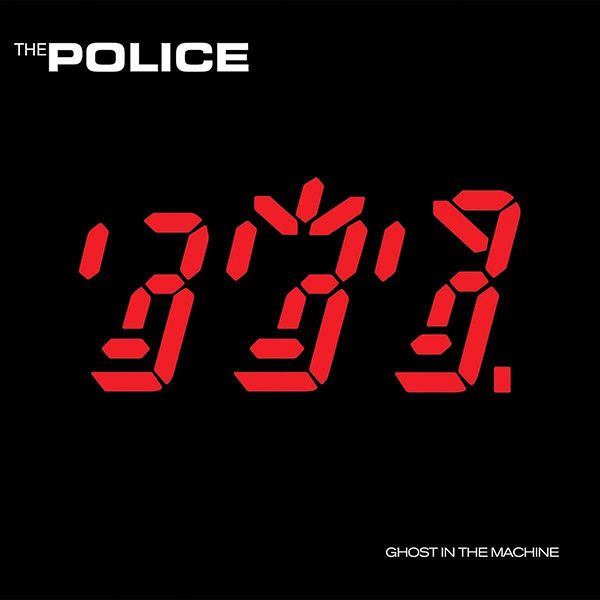
Next up was a comparison of: an original Ted Jensen (Sterling Sound)-mastered version of the Police's Ghost in the Machine, cut from analog tape (LP, A&M SP-3730); the Nautilus half-speed mastering of the same album, cut from tape by Bruce Leek and Richard Donaldson at the IAM Cutting Center (LP, A&M/Nautilus NR-40); and the new half-speed mastering of it by Miles Showell at Abbey Road, cut from a high-resolution digital source, and sample-rate–converted to half speed (LP, A&M/Polydor ARHSLP 005). (I'll soon review on Analogplanet.com the Abbey Road half-speed mastered series of albums.)
I hadn't played any version of this album for a long, long time. I was amazed at how great a recording it is, and by how much my system has improved since the last play. With all three pressings, the PH 150's bottom-end weight and definition were tight, muscular, and very well extended. The top end was pristine, super-clean, and very well defined. Stuart Copeland's drum kit, from the wallop of the kick to the crystalline clarity of the cymbal crashes, left nothing to be desired.
As you can read here, the fact that it was the Lyra Etna SL cartridge being amplified by the PH 150 didn't hurt—but I tried other cartridges as well; they, too, were very well served by the PH 150, which produced "black" backgrounds even with cartridges with outputs as low as 0.25mV.
Acoustic music was even better served by the PH 150's smooth, effortless attack, generous sustain, and elongated decays into "black." The ModWright produced an expansive soundstage with well-focused images of generous size. String sheen, at which tubes seem to excel, mesmerized me, whether from solo or massed strings. Yet the PH 150 didn't soften or gloss over string "grip" when called on to reproduce edgier, sometimes harsh playing. To confirm that, I pulled out the Kronos Quartet's performance of Steve Riffkin's arrangement of Jimi Hendrix's "Purple Haze" (LP, Nonesuch 79111-1).
This is not to say that the PH 150 will suit everyone's tastes or needs. Some like the tighter grip, greater bass weight, faster transients, and overall punch of a pure solid-state phono stage. If the PH 150 fell short anywhere compared to the best SS designs, it was in dynamics. There's a bit more "slam" to be had, and greater low-frequency focus and punch, but to get those you have to give up other things.
I'm thinking of Luminous Audio Technology's Arion (ca $6500), which I reviewed on Analogplanet.com. The Arion was designed by Mike Bettinger, who recently went to work for VPI. It and some other pure-SS (and step-up transformer-less) designs provide a very different listening experience—particularly in terms of macrodynamics, and greater grip on and weight in the bottom octaves—that some prefer. Others would never leave the sanctuary of tubes and transformers, especially because of overall musical flow.
What's great about this moment in analog playback is that enthusiasts on both sides have upped their games and seem to be meeting somewhere in the middle: the best tubed phono preamps don't sound noisy and soft, and the best solid-state designs don't sound hard and crunchy, even as each remains a fundamentally different-sounding approach to the same task.
When you pay $7900 for a phono preamp, you're entitled to excellent build quality inside and out, and superior sound that includes low noise, high gain for the lowest-output cartridges, and a consistently transparent sonic picture that lets you forget everything you're listening to—other than the music itself. ModWright Instruments' PH 150 meets or surpasses all of these requirements, while adding features of convenience and configurability (including a Mono button) offered by only a few other phono preamps. Impeccably designed and built, the ModWright PH 150 combines the qualities of sound preferred by tube lovers with the convenience and configuration features loved by all vinyl fans. It's also attractive and looks great on the shelf. If you're in the market for a tubed phono preamplifier, the PH 150 is definitely worth checking out.
Footnote 1: ModWright Instruments, Inc., 21919 NE 399th Street, Amboy, WA 98601. Tel: (360) 247-6688. Web: www.modwright.com
Footnote 2: Mikey also reviewed the Lyra Atlas SL and Etna SL MC phono cartridges in this month's column.—Ed.
- Log in or register to post comments

